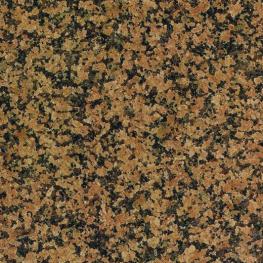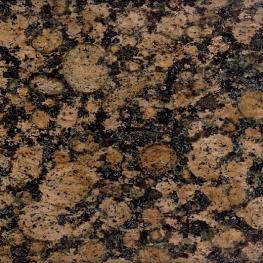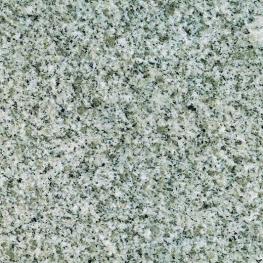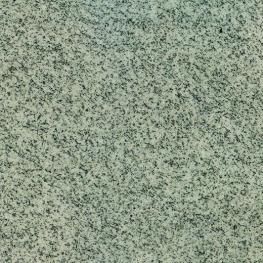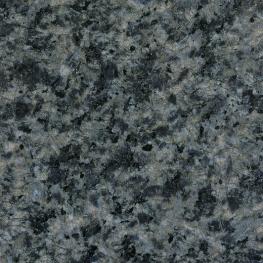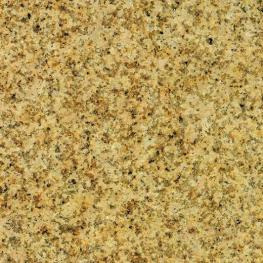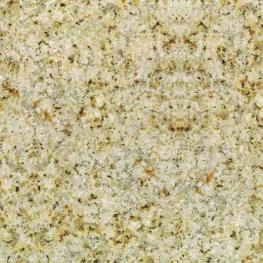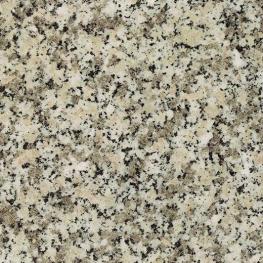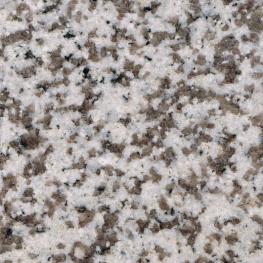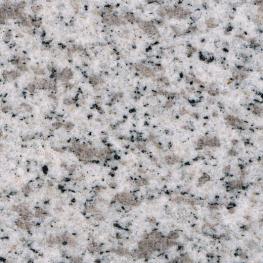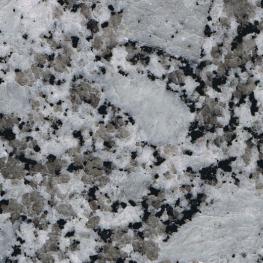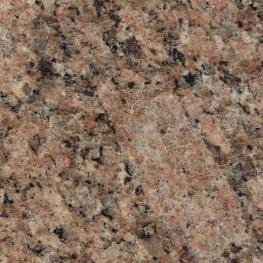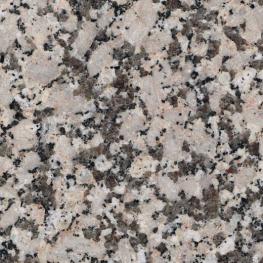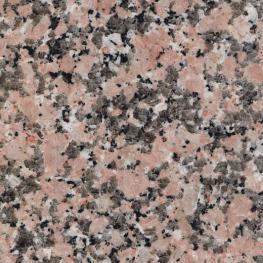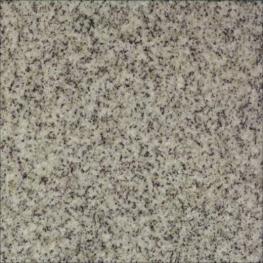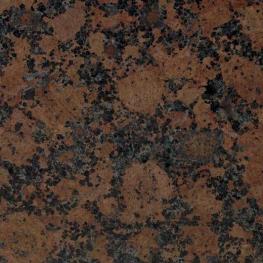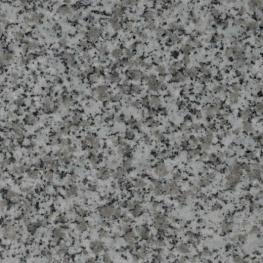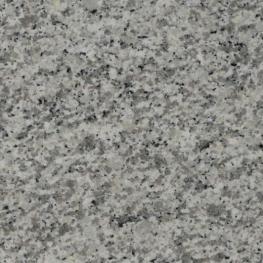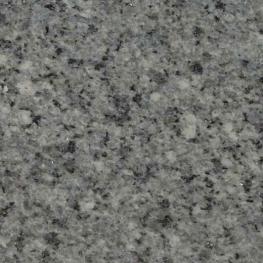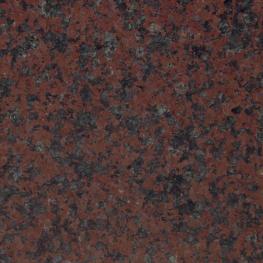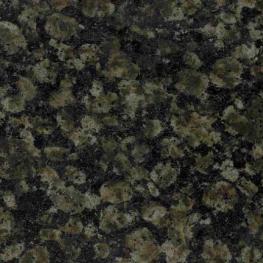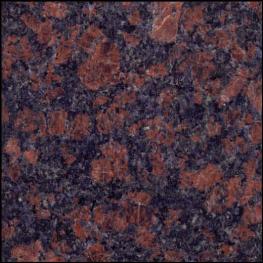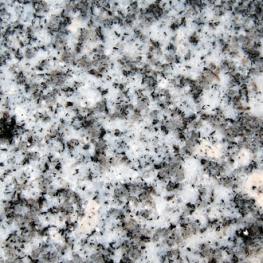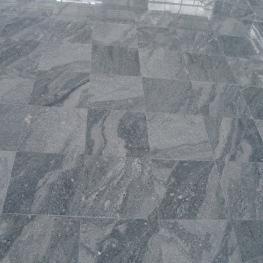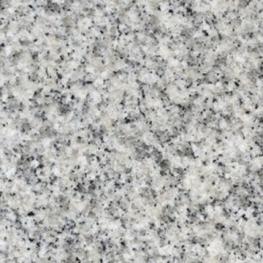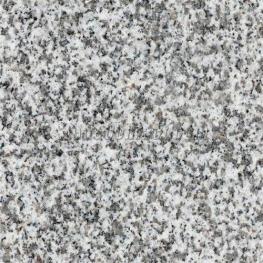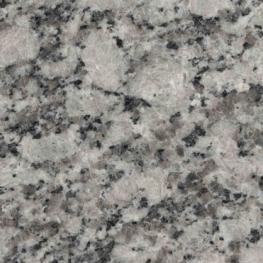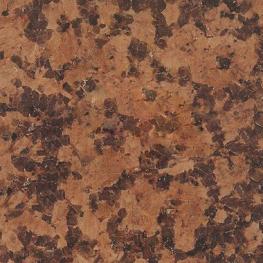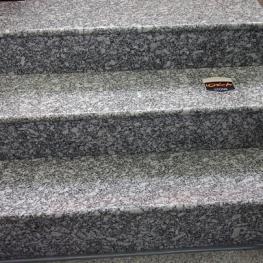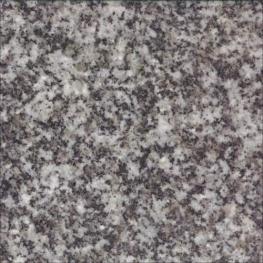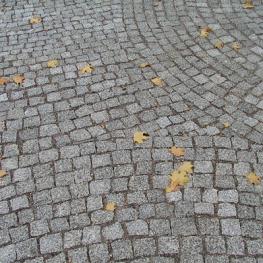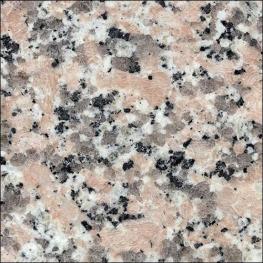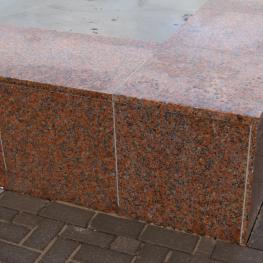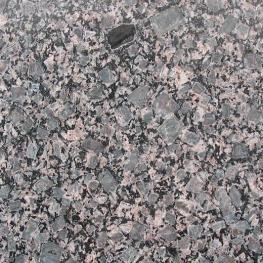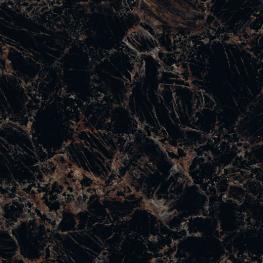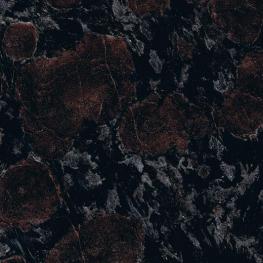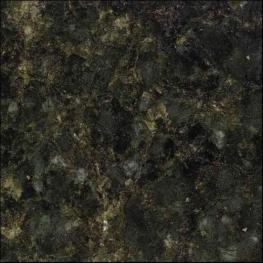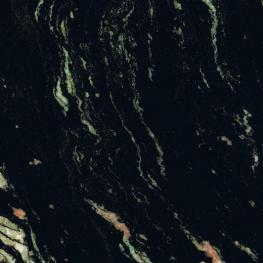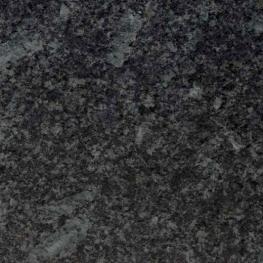Granite
Granites consist of acidic compounds and have a high consistence of quartz (25-30%). They are very hard and durable mainly light coloured deepstones. Yellowish granites have a relatively lower hardness, grey granites have medium hardness and reds are the hardest. In stone quarries top layers are usually yellowish, bottom layers are more greyish. Some light grey granites can turn yellowish in time. Grey granites are most common all over the world and they are also the cheapest.
Genuine granite can be recognized by heterogeneous coarse-grainedness and the absence of streaks. Dark and black granites do not exist. Granites are weather-proof stones, their polish very resistant thanks to the high quartz content. Water absorbency remains between 0,1 to 1,0 by weight %, pressure strength is between 120 to 200 N/mm2, bending strength is between 10 - 20N/mm2 and the wear-resistance between 4 - 10cm3 / 50cm2.
Large quantities of stone, which are sold under the name of granite aren't really granites, but they're different types of hard igneous or metamorphic rocks. In most cases buyers do not have problems with it, because the physical-mechanical properties are mostly the same, but with some materials sold under the name of granite you have to be careful - they aren't suitable for some uses at all, where granite would do.
Under the name of granite from the igneous rocks there are sold gabbro, basalt, diorite, syenite, andesite, pegmatite, porphyry. From the metamorphic rocks gneiss, migmatite, granulite, quartzite.

